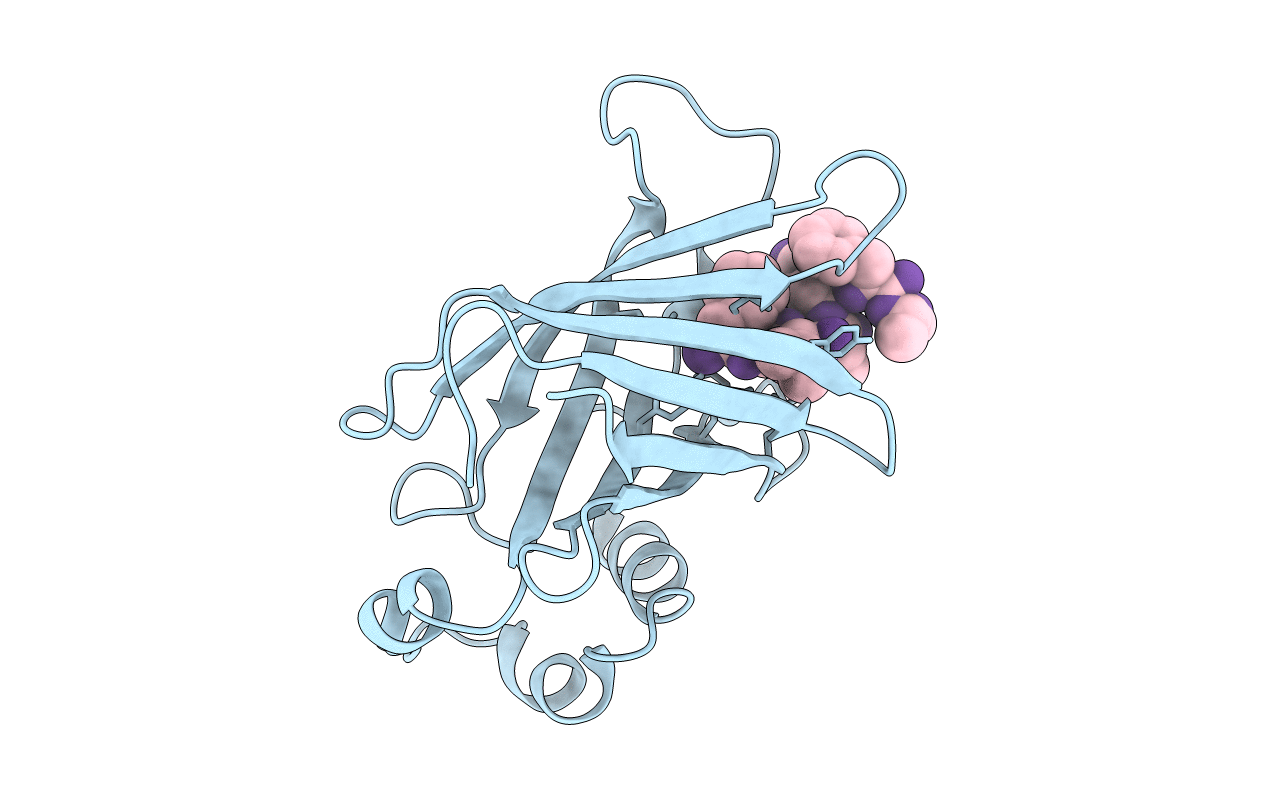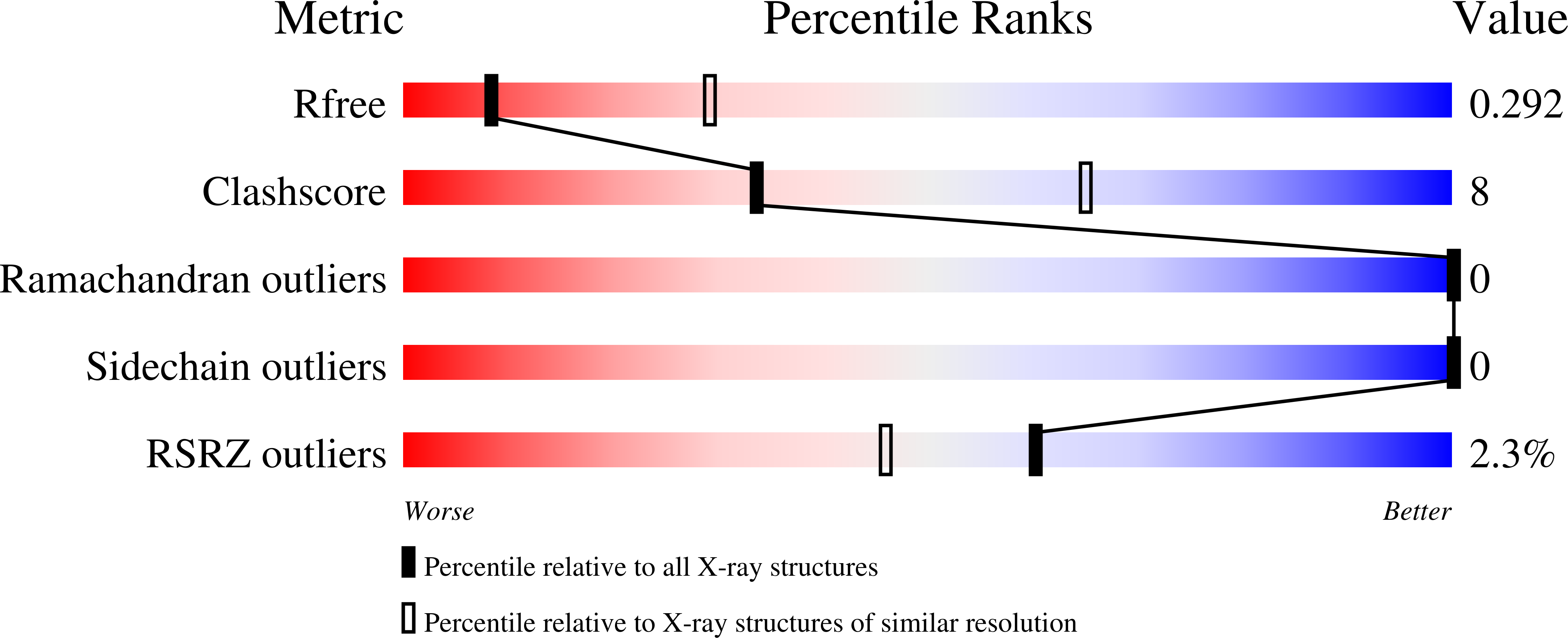
Deposition Date
2021-11-02
Release Date
2022-03-02
Last Version Date
2024-01-31
Method Details:
Experimental Method:
Resolution:
3.16 Å
R-Value Free:
0.29
R-Value Work:
0.23
R-Value Observed:
0.23
Space Group:
P 41 3 2


